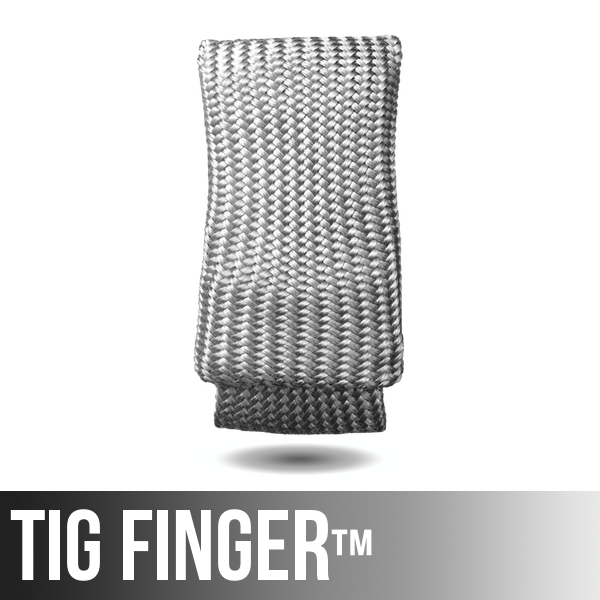
Click here to subscribe to my Video of the Week!

(Click the preview image to the right to check out my new flyer.)
Not much going on in the shop today.
The only welding job I have to show you is this quick detail from a drawing that is some type of lid for a solvent tank … this is the only weld on the whole drawing.
Often times, welding symbols on drawings have errors….and sometimes there are no welding symbols shown…none.
And sometimes there are only basic welding symbols but no real information on type or size of weld.
It can be a problem sometimes, but sometimes its a blessing. Sometimes the customer just wants the part to be functional and does not really care if all the welds were done exactly to what is depicted on the drawing.
I have found that the more critical the application (like nuclear power work) the better and more accurate the weld symbols are on a print.
The less critical (like tractors that crawl thru the sewer) the more errors there will be on the drawing…and its often not worth the effort to call or email the engineer for a correction. Often times, when there are numerous errors on a drawing for a non critical application, a verbal permission from the customer to “just weld the crap out of it” is the best option.
This is a pretty simple job. A piece of 1/8″ (3.2mm ) thick square tubing welded to another short spacer piece….and that is welded to a stainless steel spring loaded latch.
Simple.
But there is still plenty of stuff to talk about.
For starters, those flare bevel welding symbols have the weld symbol placed on the arrow side of the reference line but the arrow is pointing to the wrong joint.
Like I said earlier, mistakes on welding symbols are pretty common.
Next is a hot technique for tack welding. Blasting a quick tack weld with a tight arc and roughly twice the normal welding amps is a quick way to fuse joints together with a very small tack weld. ( the fit up has to be tight, and you might want to practice on some scrap to get the hang of it before tacking live parts)
Next is using a magnet to identify metals.
Carbon steel is very magnetic but stainless steel is non magnetic or only slightly magnetic depending on how much it has been cold worked.
But some stainless steels are pretty darn magnetic (like 301, 410, 15-5, 17-4) but mostly you can get a pretty good idea using a magnet.
The latch was shiny with no plating. That usually means some type of stainless steel. Using er309L filler rod is a good choice for tig welding carbon to stainless steel. In fact, that latch could have been made from a variety of alloys and 309 rod would still work. 309 is a good rod to have around.
If fact, a while back, I shot a video on removing a broken exhaust manifold bolt /stud that had an EZ out broken off in it. I used 309 rod to weld to the EZout fragments along with the broken stud and it worked great because the thing about 309 rod is that it will not harden from picking up carbon from a high carbon bolt or ez-out.
Using plain old er70s2 to weld to an EZ out works sometimes but sometimes it becomes too brittle and just snaps off before you get the bolt or stud removed.
( As always, feel free to visit us at our sister site, WeldingTipsAndTricks.com. )
Click here to subscribe to my Video of the Week!








Leave a Reply